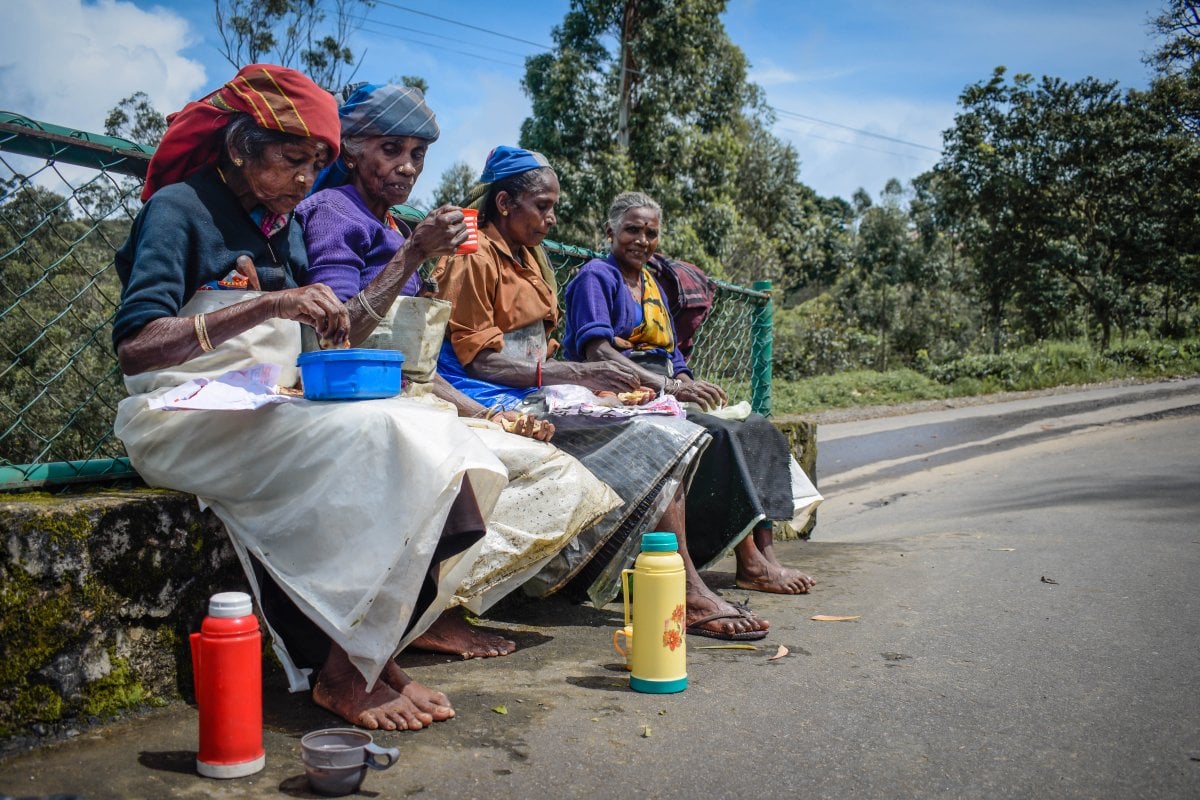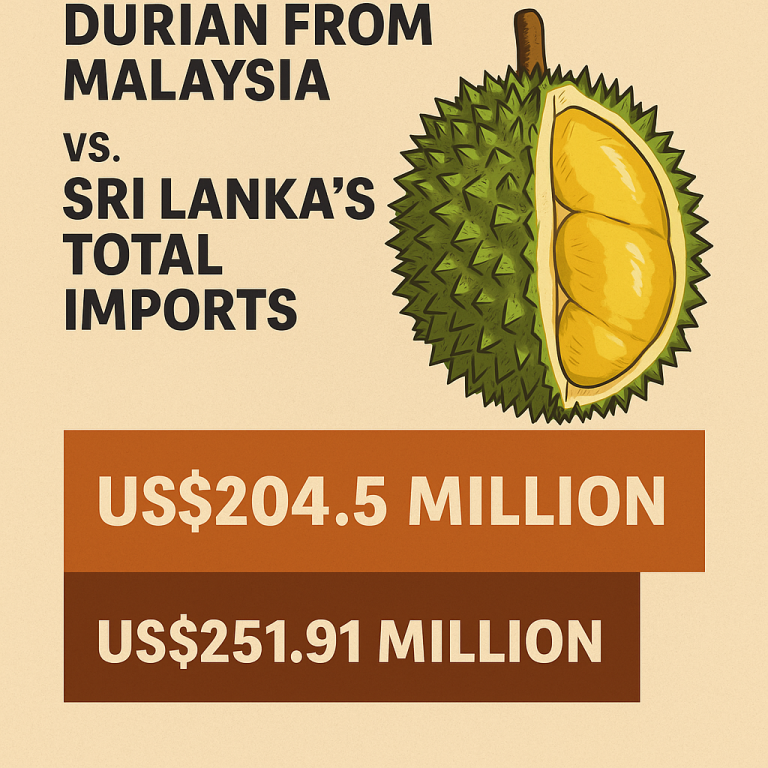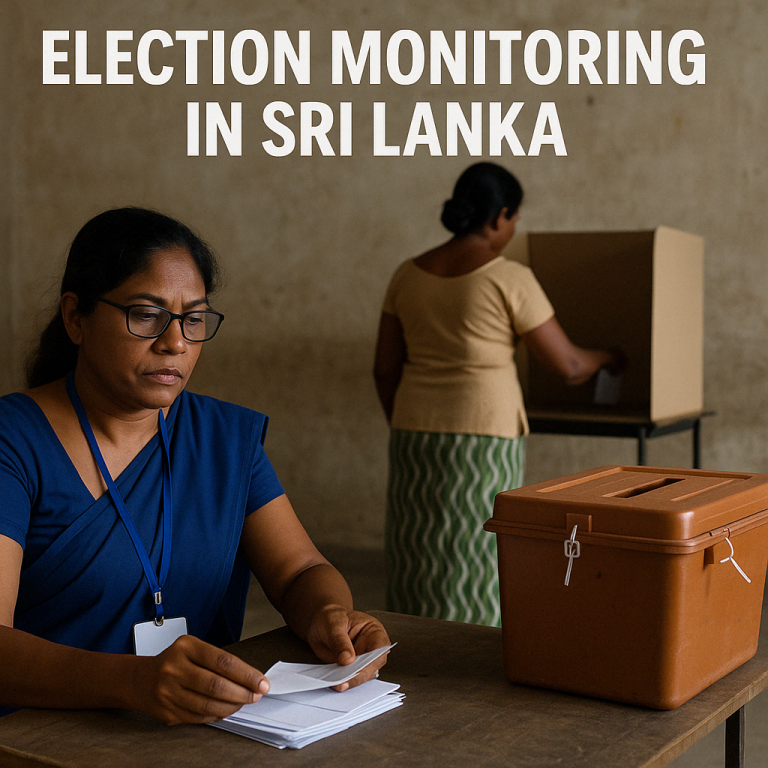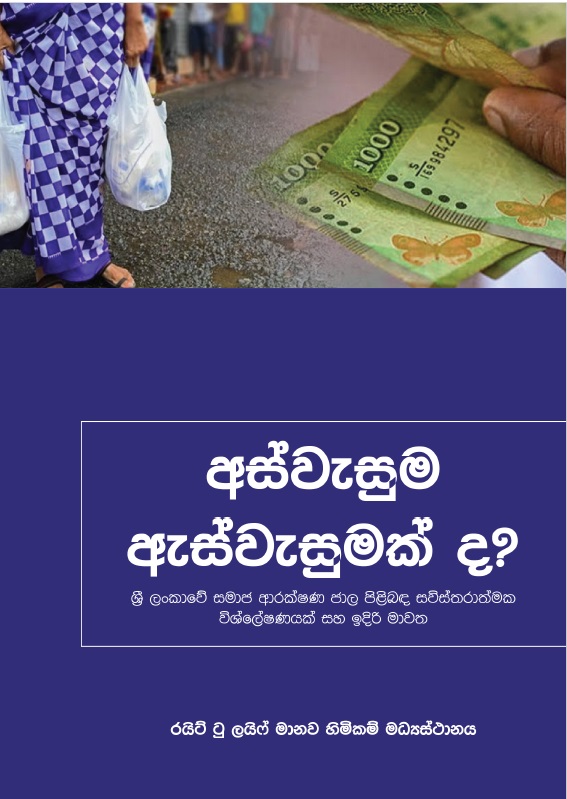Key Statistics
- Female Labour Force Participation in Sri Lanka: 29.4%
- Male Labour Force Participation in Sri Lanka: 67.4%
- Comparison with Other Countries:
- Indonesia: 53%
- Malaysia: 52%
- Vietnam: 68%
- Singapore: 62%
Sri Lanka’s labour force participation rate for women remains alarmingly low, highlighting a significant gender disparity in the country’s employment landscape. According to recent data, only about 30% of women in Sri Lanka are active in the labour force, a stark contrast to the global average of 48%. This figure places Sri Lanka well behind countries such as Bangladesh and Vietnam, where female participation rates are notably higher.
Economic Next reports that this low level of participation is influenced by several factors, including socio-cultural norms, lack of supportive infrastructure like childcare, and limited access to vocational training tailored for women. These barriers continue to prevent many women from entering and staying in the workforce.
Unpaid care work significantly impacts women’s participation in the labour force, as highlighted by the United Nations Population Fund (UNFPA). According to UNFPA, women globally spend an average of 4.1 hours per day on unpaid care work, compared to men’s 1.7 hours. This disproportionate burden limits women’s availability for paid employment and hinders their economic opportunities. In Sri Lanka, the situation is similar, where cultural expectations and inadequate support systems force women to prioritize domestic responsibilities over formal employment. This imbalance in unpaid care work contributes to the low female labour force participation rate, as many women are unable to pursue or sustain paid employment due to their caregiving duties. Addressing this issue requires policy measures that recognize and redistribute unpaid care work, such as investing in childcare services and promoting shared household responsibilities between men and women, ultimately enabling more women to enter and remain in the workforce.
Adding to the complexity, Sri Lanka faces challenges related to an ageing population and migration trends. The World Bank notes that Sri Lanka’s population is ageing rapidly, with the proportion of people aged 60 and above expected to double by 2040. This demographic shift is likely to put additional pressure on the labour market, necessitating higher female participation to sustain economic growth.
Migration also plays a crucial role in shaping the labour force. A significant number of Sri Lankans seek employment abroad, often leaving behind a reduced working-age population. Women, in particular, migrate for domestic work, predominantly to the Middle East, which further decreases the local female labour force participation.
Addressing these issues requires comprehensive policy interventions aimed at empowering women through education, skill development, and creating a more inclusive work environment. Promoting flexible work arrangements and investing in childcare facilities can also help increase female labour force participation, contributing to a more balanced and robust economy.
Boosting female employment in Sri Lanka can significantly counter the challenges posed by an ageing population and migration. Deputy Treasury Secretary R M P Rathnayake highlighted at a forum organized by the Asian Development Bank (ADB) that enhancing female participation in the workforce could be a crucial economic driver amid global upheaval. Speaking at the forum, Rathnayake emphasized that making it easier for women to work would foster economic growth. This was reported by Economy Next. The ADB has initiated efforts such as the Women’s Entrepreneurship Finance Initiative (We-Fi) and SME refinance loans to encourage female employment and support women’s entrepreneurship, further aiding in this endeavor.







